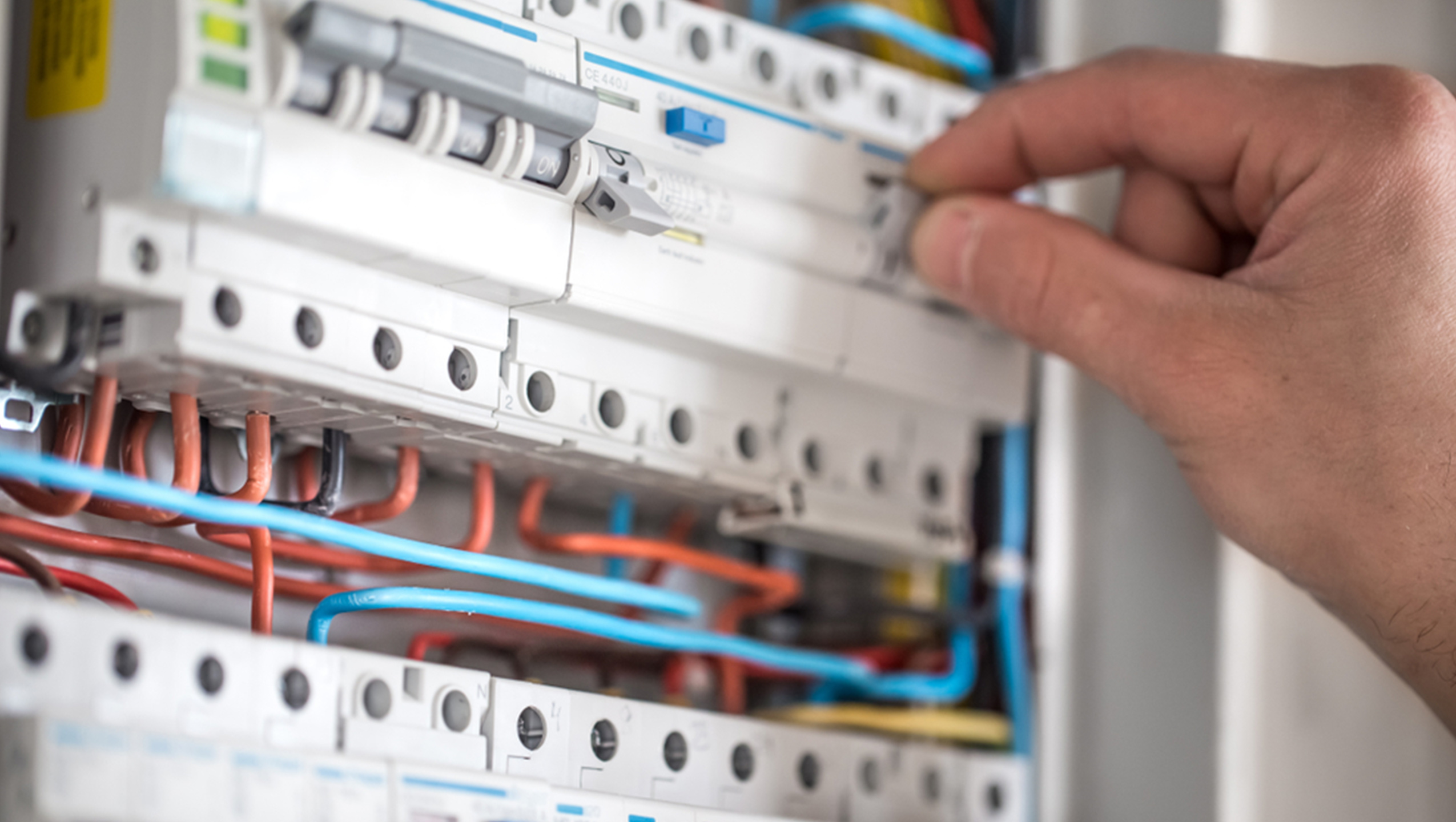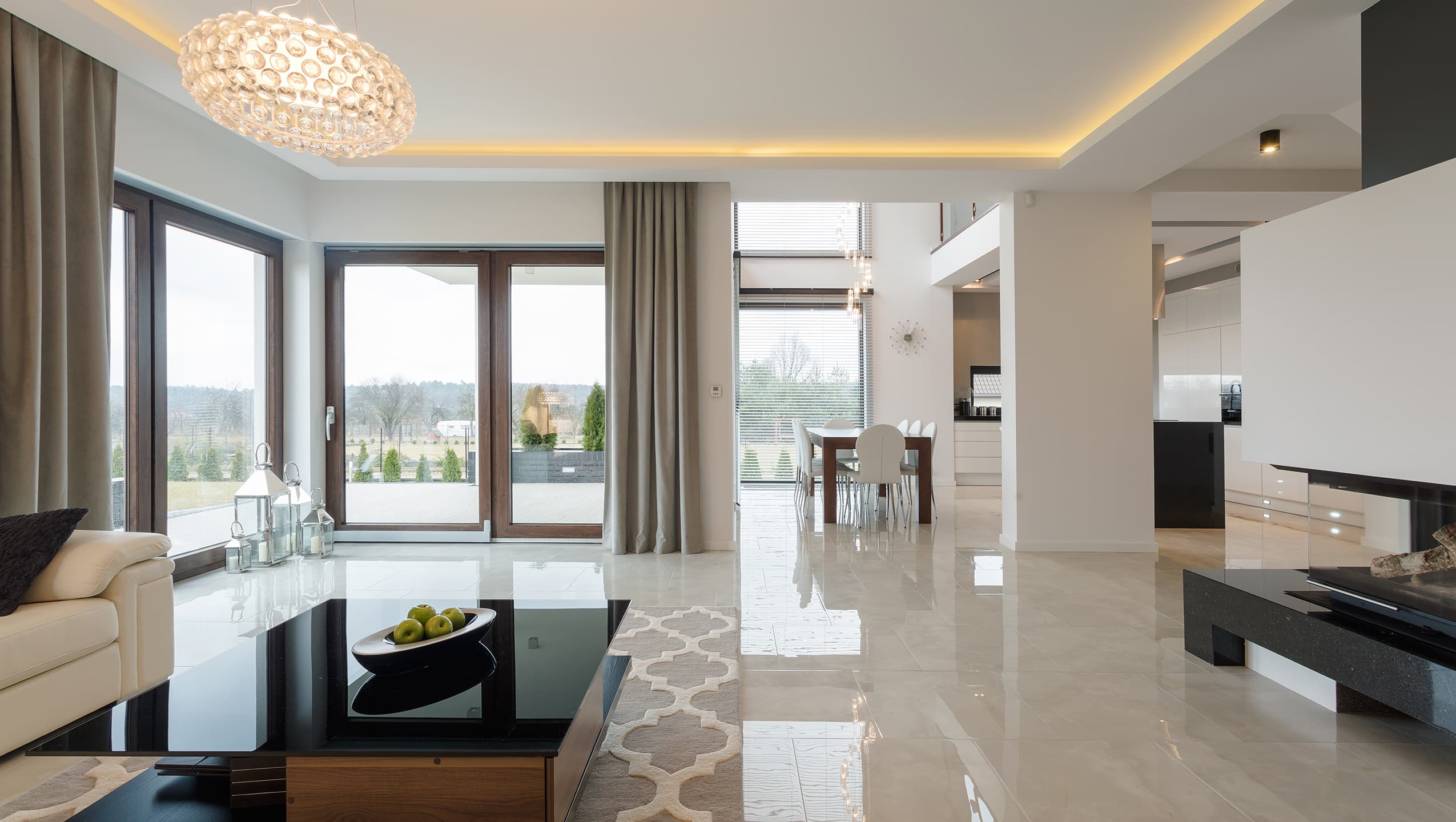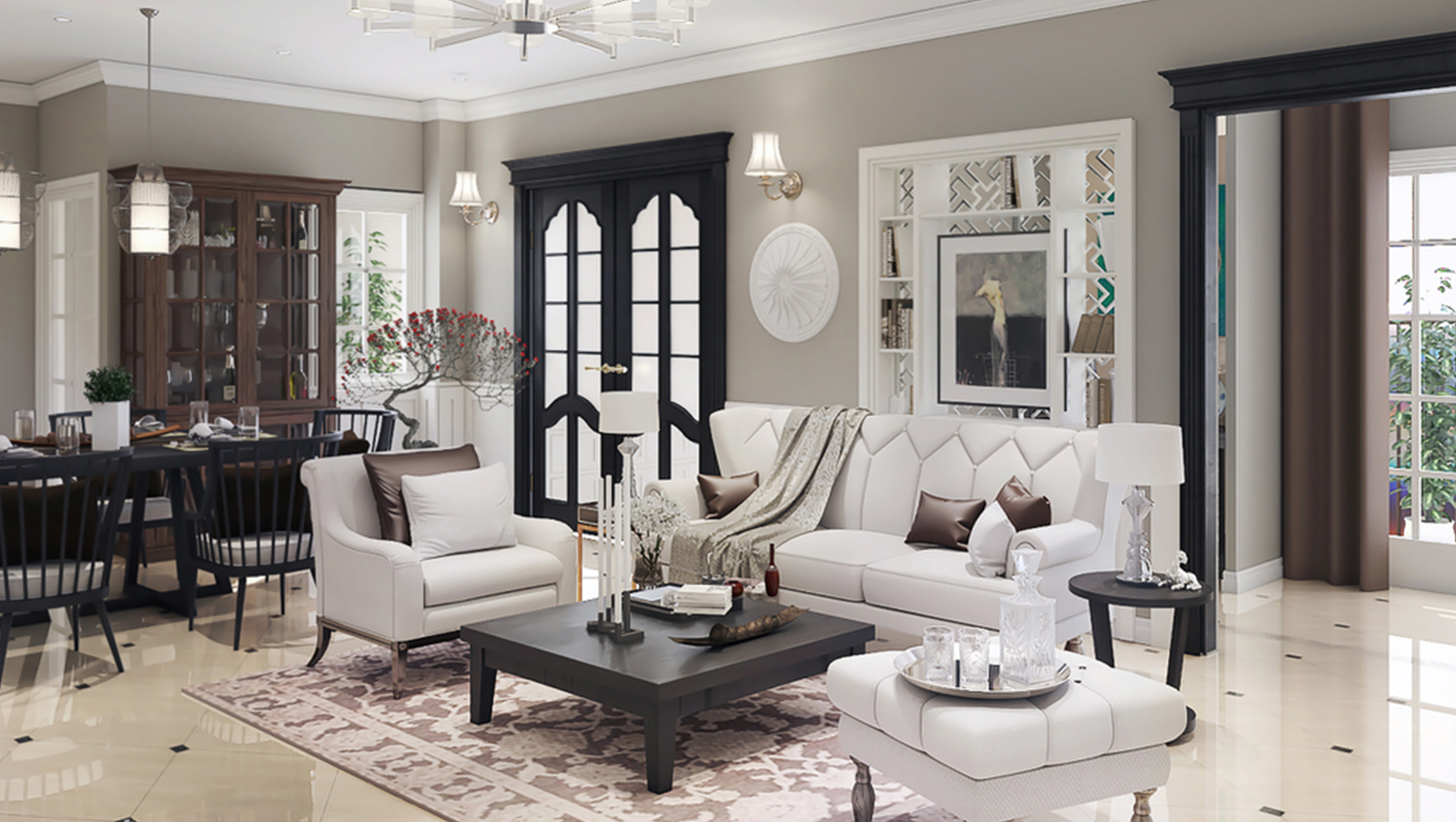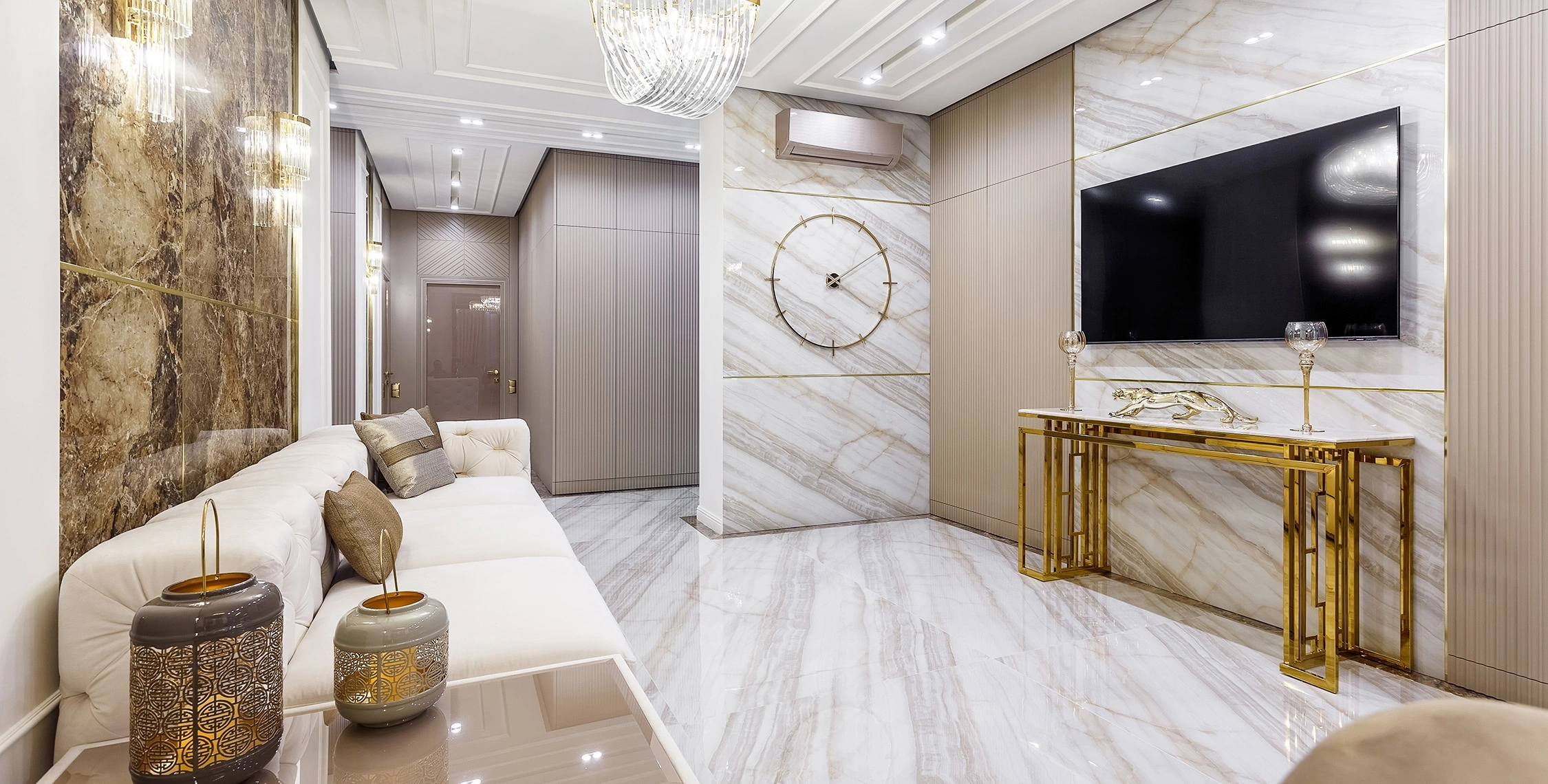
Photo By
What Is Home Electrical Installation?
Home electrical installation involves arranging and installing electrical systems within a building or specific area. This process includes wiring, electrical equipment, and other necessary components to channel electricity from the source to various devices and lighting systems. The primary goal is to ensure a safe, stable, and efficient electricity supply for households, commercial buildings, industrial facilities, or public spaces.
Home Electrical Installation Guide
1. Understand the Home Size and Power Needs
- The physical size of the house determines the required cable length to connect various electrical points.
- The number of rooms and activities in each room influences the number of switches, sockets, and other electrical equipment needed.
Electrical capacity must also be carefully calculated. Insufficient power may overload the system and damage equipment, while excess power results in energy waste. A Miniature Circuit Breaker (MCB) is essential for safeguarding the electrical system. Choose an MCB size that matches your power usage to automatically cut off the electricity in case of overload.
2. Designing the Electrical Installation Layout
After determining the power needs and MCB capacity, the next step is designing the electrical layout for every room in the house.
- Identify all rooms requiring electricity.
- Each room has different needs; for example, kitchens demand multiple sockets for appliances, while bedrooms might need fewer sockets and lighting fixtures.
3. Prepare Supporting Materials
Ensure smooth installation by preparing the necessary supporting materials, such as:
- MCB box
- Earth-leakage circuit breaker (ELCB)
- Single and double switches
- Sockets
- Cables
- Lights
- Protective cable pipes
- Junction boxes
- Insulation materials
Using high-quality materials is strongly recommended to guarantee long-term safety and reliability.
4. Installing the Main Cable Line
Begin installing the main cable line from the MCB box, connecting it to the farthest socket. Before laying the main line, ensure protective cable pipes are securely attached to the wall, along with pre-installed switches.
For safety and aesthetics, install the main cables in the ceiling or roof area to keep them hidden. Then, insert the cables into the pre-installed electrical pipes to maintain a neat and safe setup.
5. Connecting Electrical Components
Connect the prepared components, such as sockets, switches, and lights. Ensure every cable joint and protective pipe is neatly installed and securely sealed to maintain safety when electricity flows.
To prevent electrical overload in one line, divide the installation into several circuits. For example:
- One circuit for air conditioners
- Another for water heaters and pumps
- Separate circuits for lights and switches
6. Grounding System
Implementing a grounding system is crucial in home electrical installation. Grounding, or "Arde," involves a special cable line connecting the house's electrical system to the earth. This system diverts leakage currents, such as those caused by lightning, safely to the ground. Grounding protects electrical devices and ensures the safety of occupants from potential electrical hazards.
Estimated Costs of Home Electrical Installation
PLN (Indonesia’s electricity provider) periodically adjusts installation fees to align with technological advancements and consumer needs. Here are approximate installation costs per point or unit:
- Basic installation: Around IDR 55,000 per point for wiring and MCB panel setup.
- Sockets: Costs range from IDR 55,000 for standard sockets to IDR 80,000 for air conditioner sockets.
- Lighting: Indoor light installation costs start at IDR 65,000, while outdoor lights may cost up to IDR 95,000.
- Additional equipment: Costs for items like water pump radars, TV antenna cables, and grounding systems vary.
Ensuring proper home electrical installation is a vital step toward creating a safe and comfortable environment. By following this guide, you can minimize electrical risks and ensure your system operates optimally. Always use quality materials and consult professionals when necessary to achieve the best results.
Popular Collections








